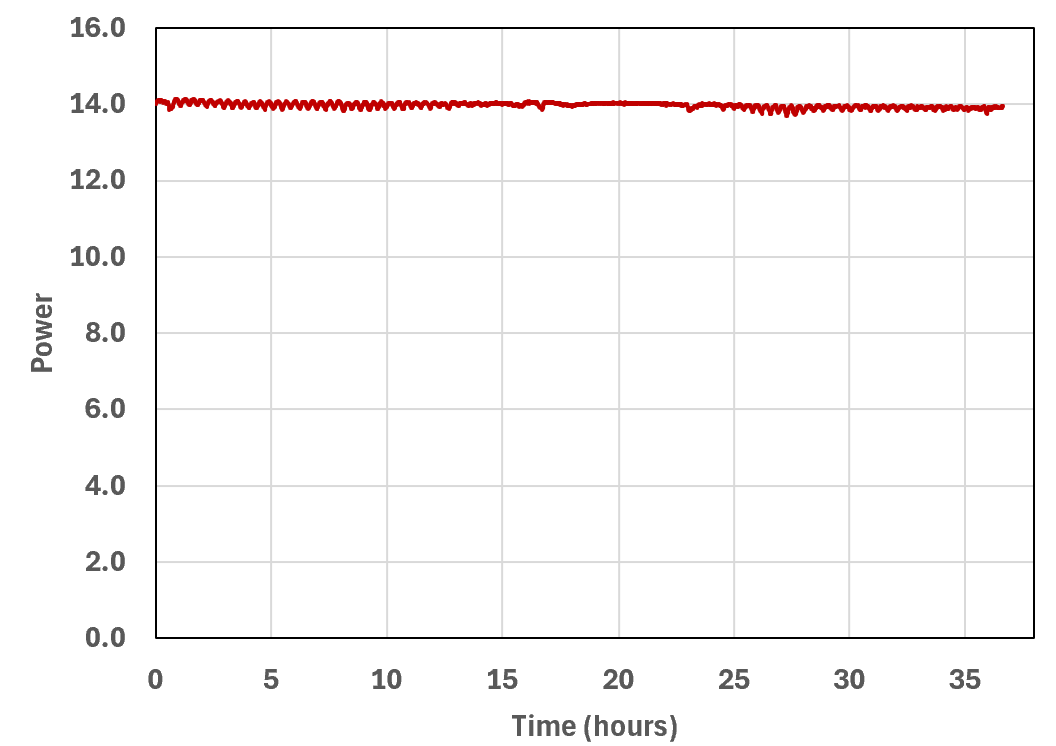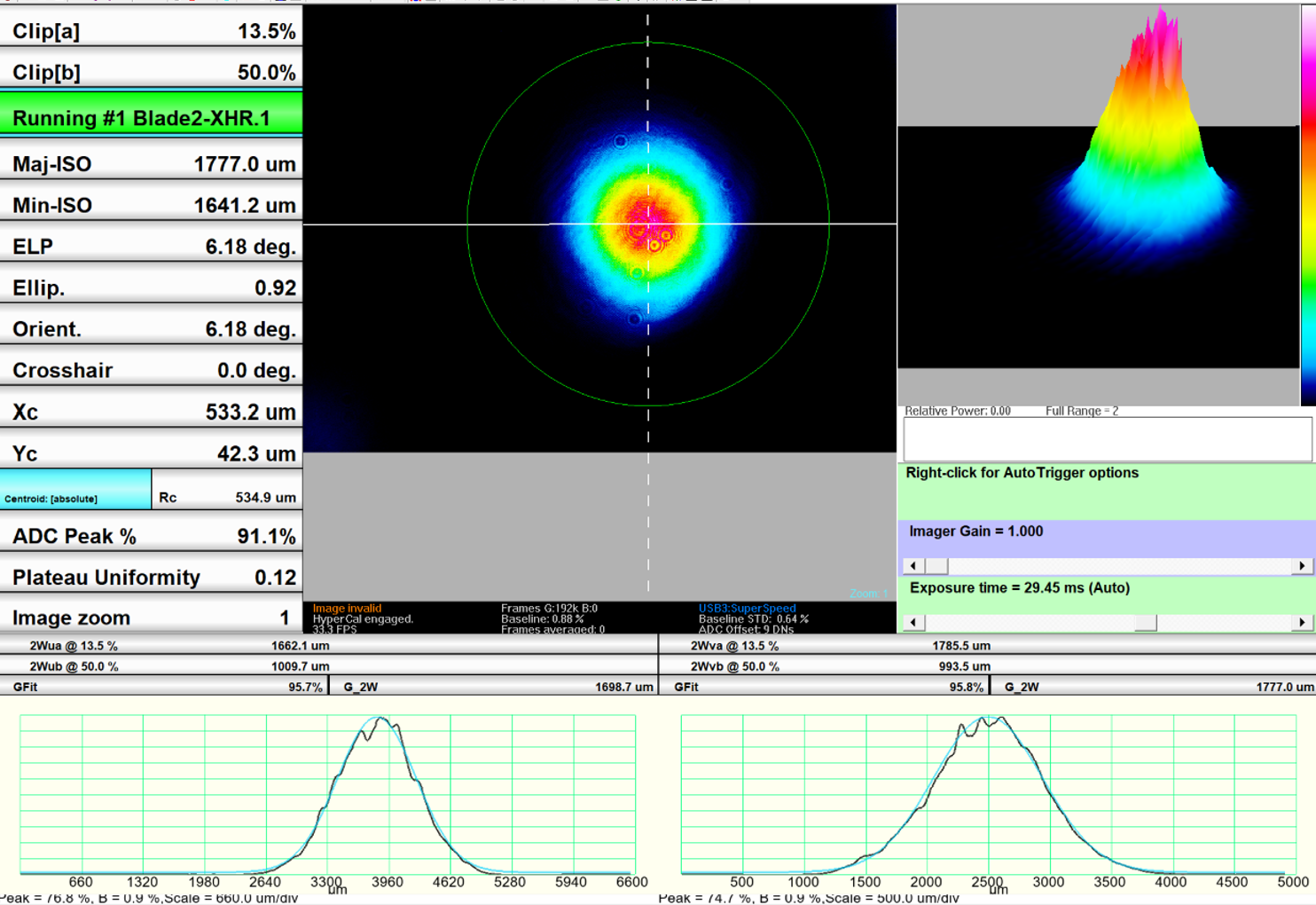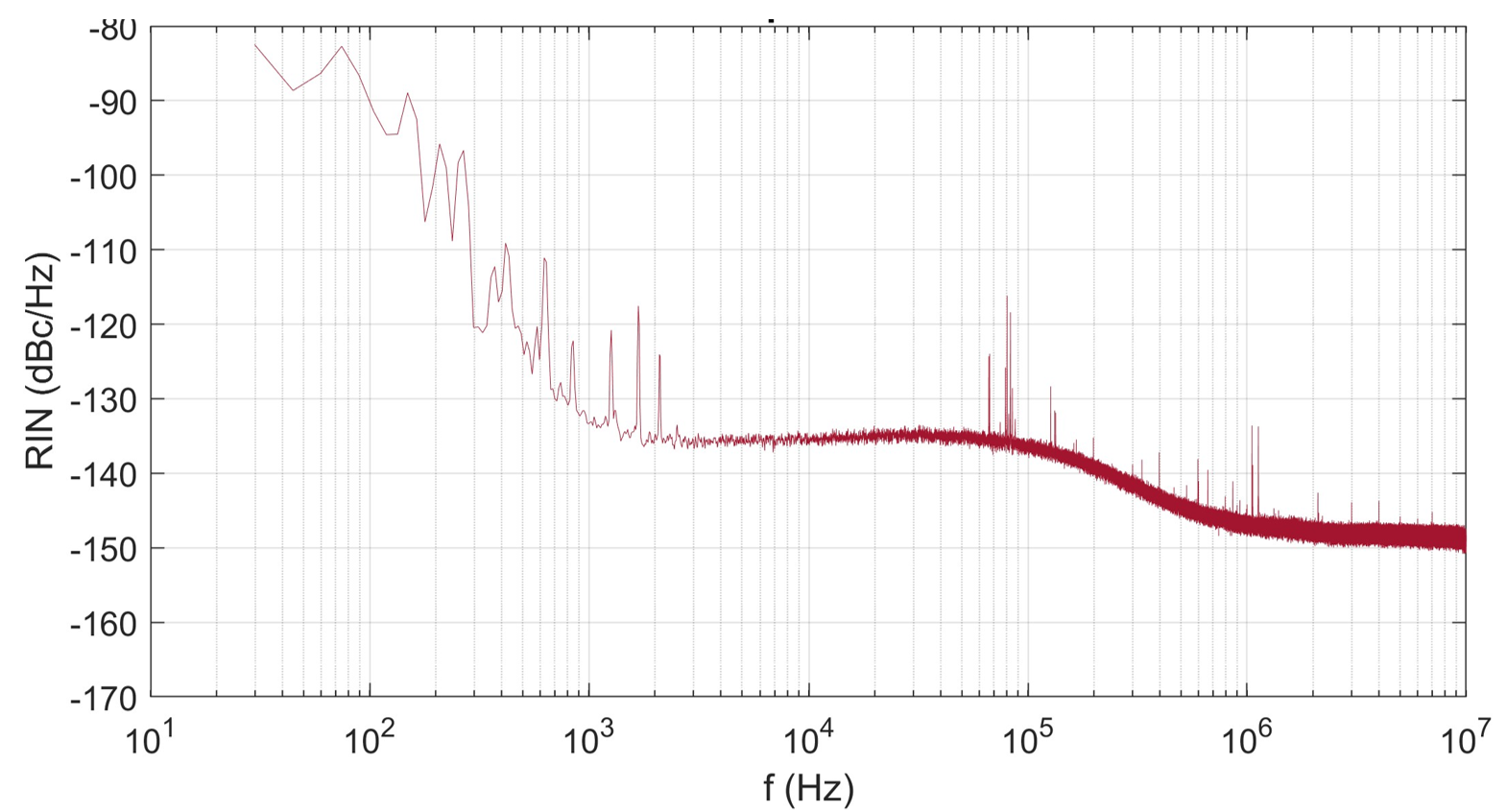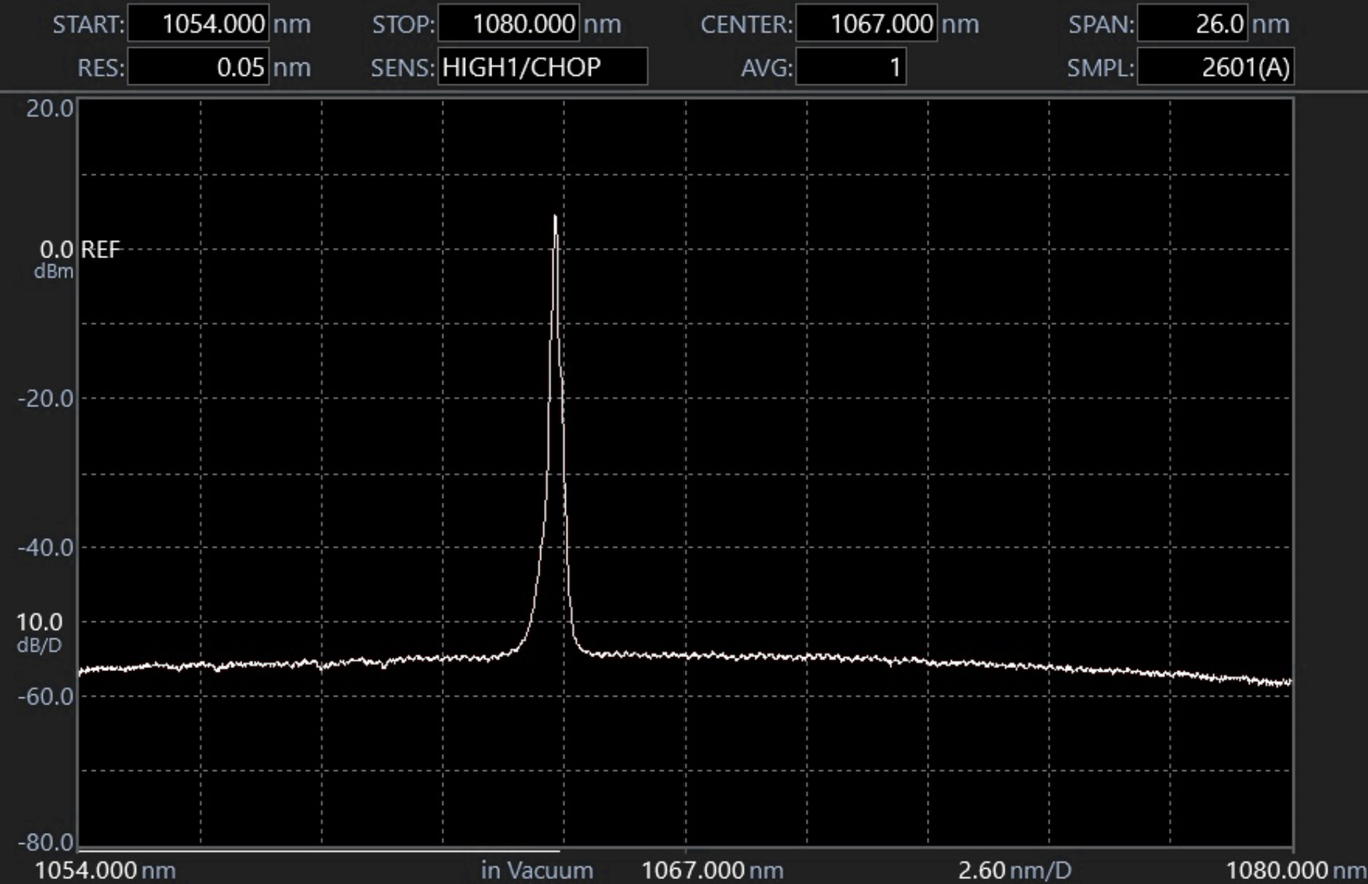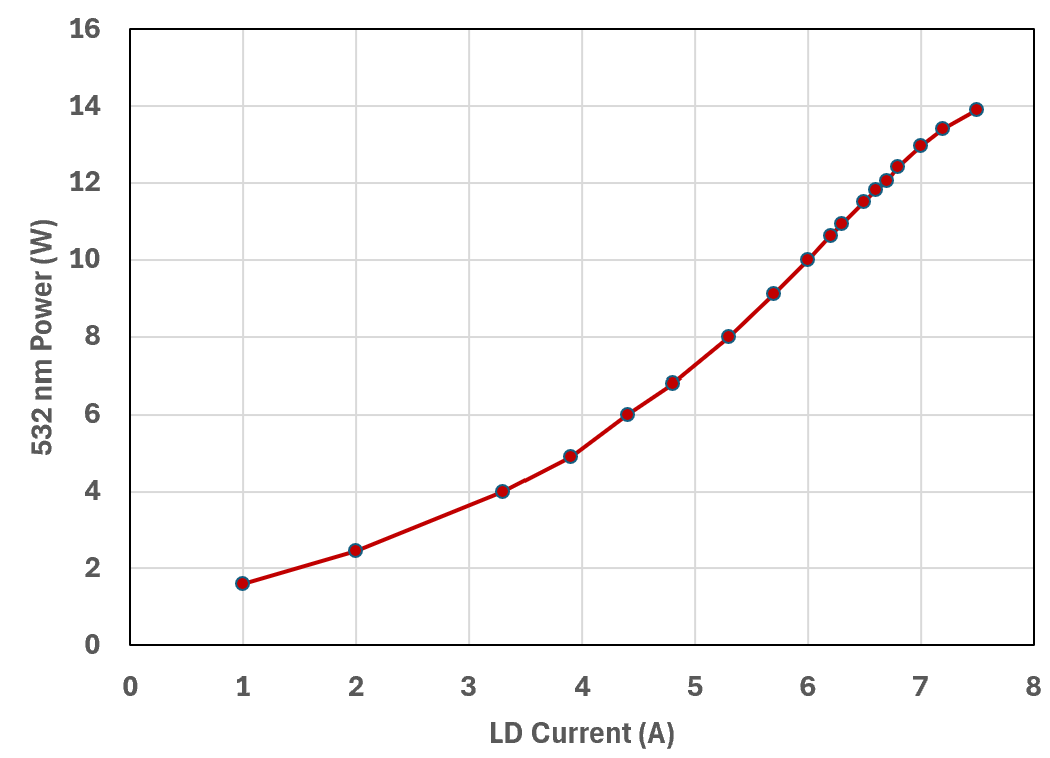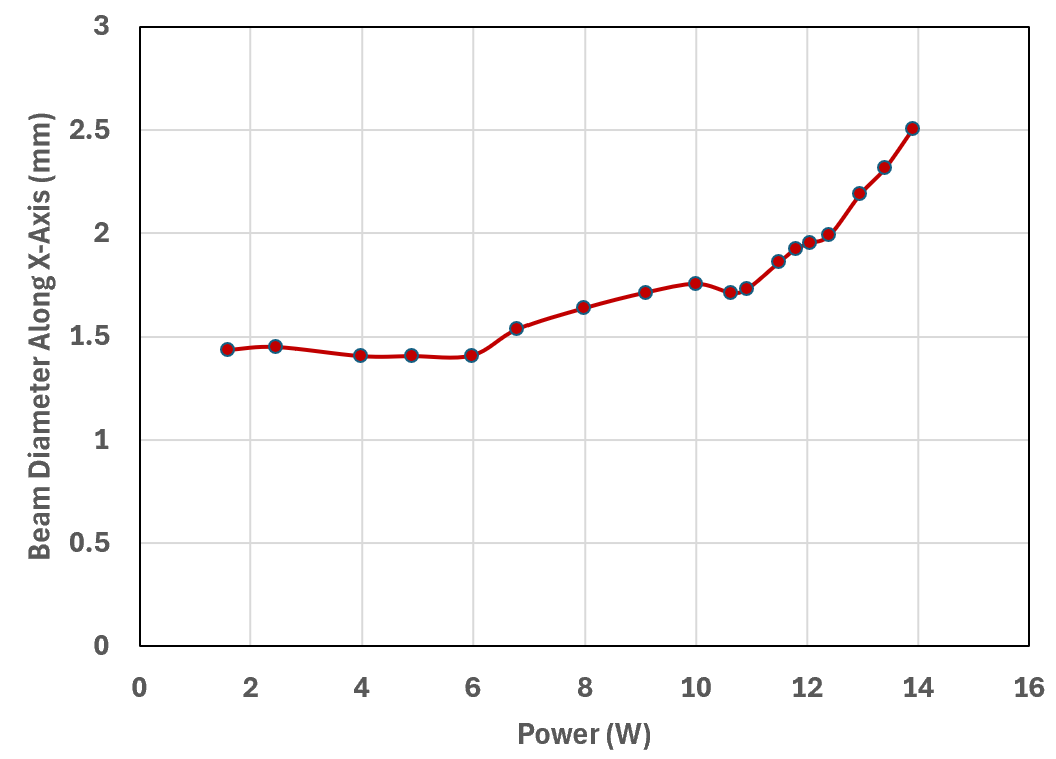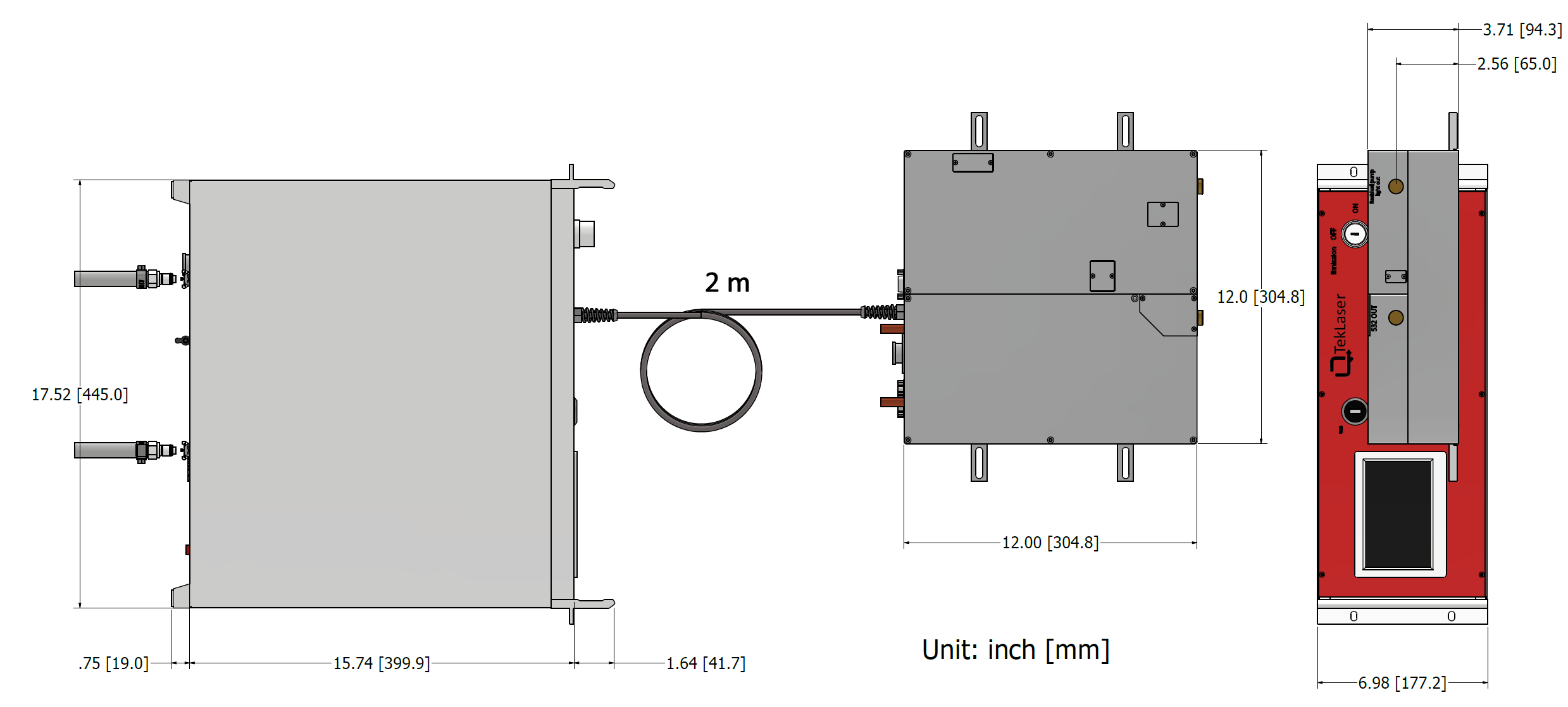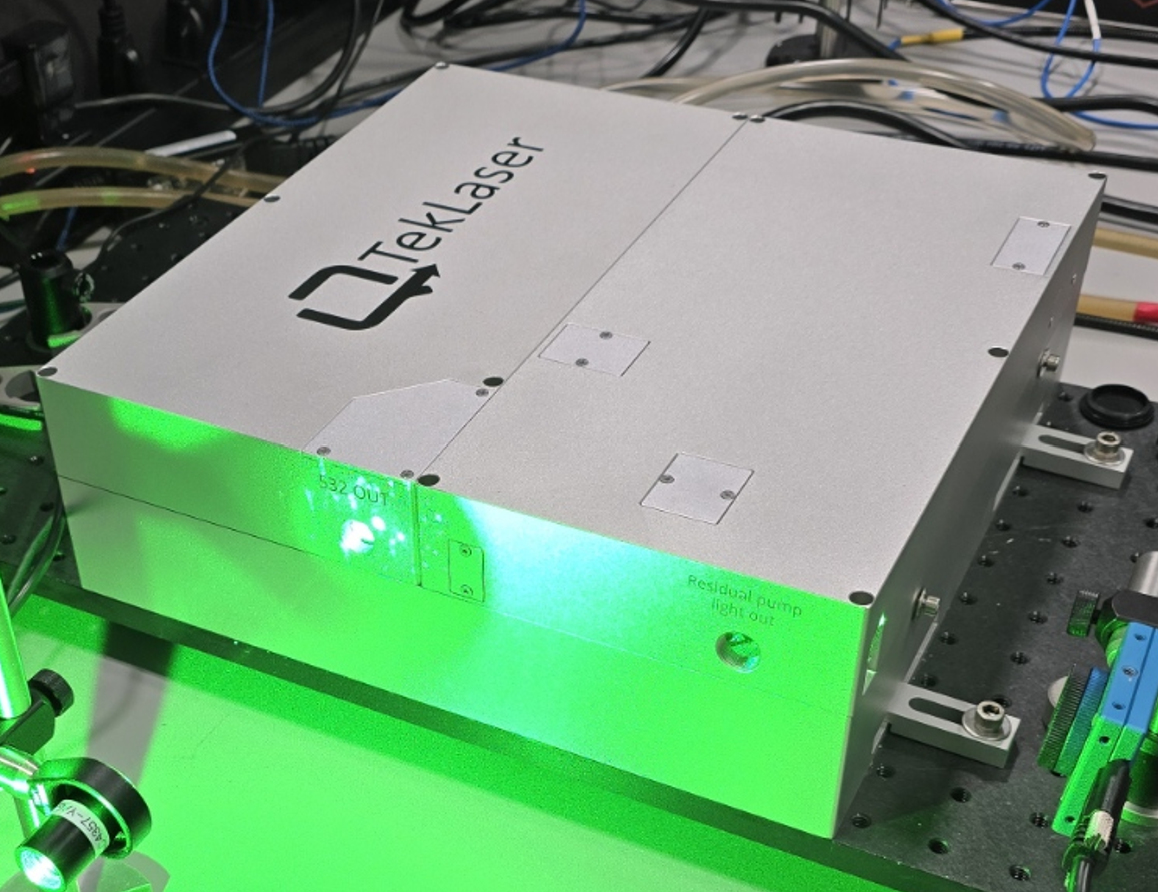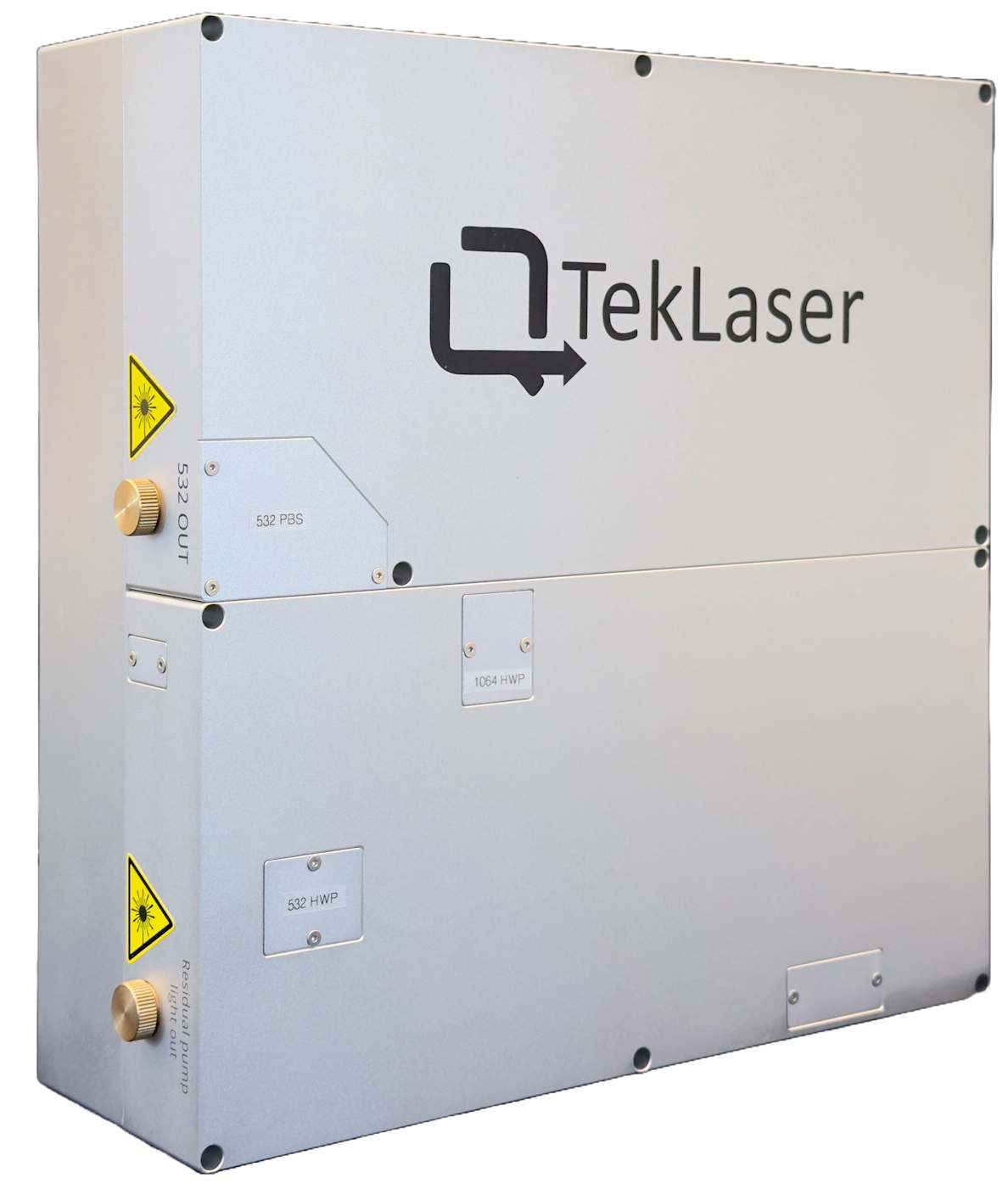532 nm Fiber Laser
Product Description
The QTekLaser™ 532 nm Fiber Laser is a state-of-the-art, green-wavelength laser system tailored for both research and industrial precision. Utilizing robust second-harmonic generation (SHG) technology, this unit delivers stable, narrow-linewidth (<20 kHz), polarization-maintaining light at output powers up to 14 W. With exceptional power stability (< 1%) and a user-friendly IoT-enabled interface, it sets a new standard for reliability and operability in demanding environments. Its compact industrial-grade 4U, 19″ rack-mount design ensures easy integration and deployment.
Download 532 nm Fiber Laser Specifications
Features
- High output power (14 W)
- High reliability
- Narrow linewidth (<20 kHz)
- Excellent power stability (<1%)
- User-friendly interface via IoT technology
- 4U 19" Rack mount
- Certified to IEC 60825-1:2014 safety standards
Applications
- Laser cooling and trapping
- Atomic interferometry
- Quantum sensing
- Quantum computing
- Pumping Ti:Sapphire laser
- Precision measurement
- Holography
Second-Harmonic Generation (SHG)
QTekLaserTM offers laser systems with extended wavelength range by combining nonlinear frequency conversion technologies. Through second-harmonic generation (SHG) we achieve significant laser power at the visible and NIR regime (figure 2; red-shaded cells of table 1). With the development of periodic poled crystal technology and the associated waveguide technology, nonlinear frequency conversion has become a powerful tool to extend the application scope of fiber lasers. For QTekLaserTM products, the max power of the converted laser light is constrained by the damage threshold of commercially available nonlinear crystals, which is typically several tens of watts.



